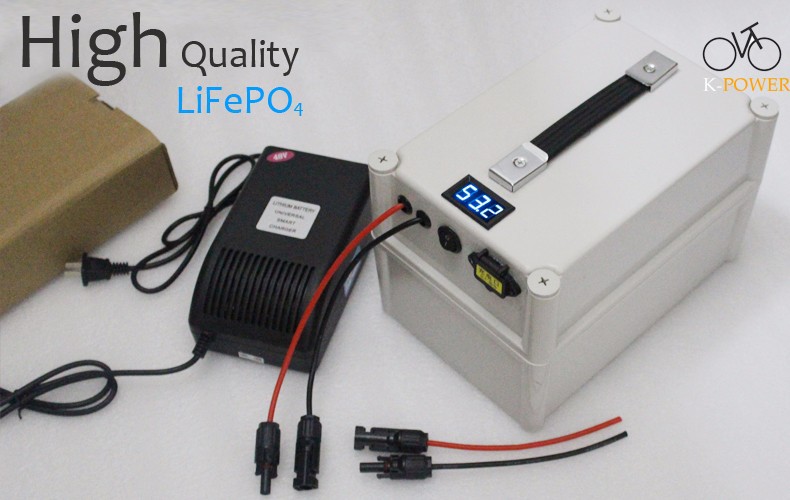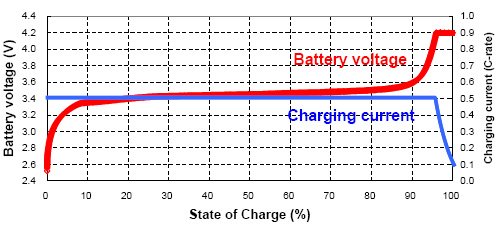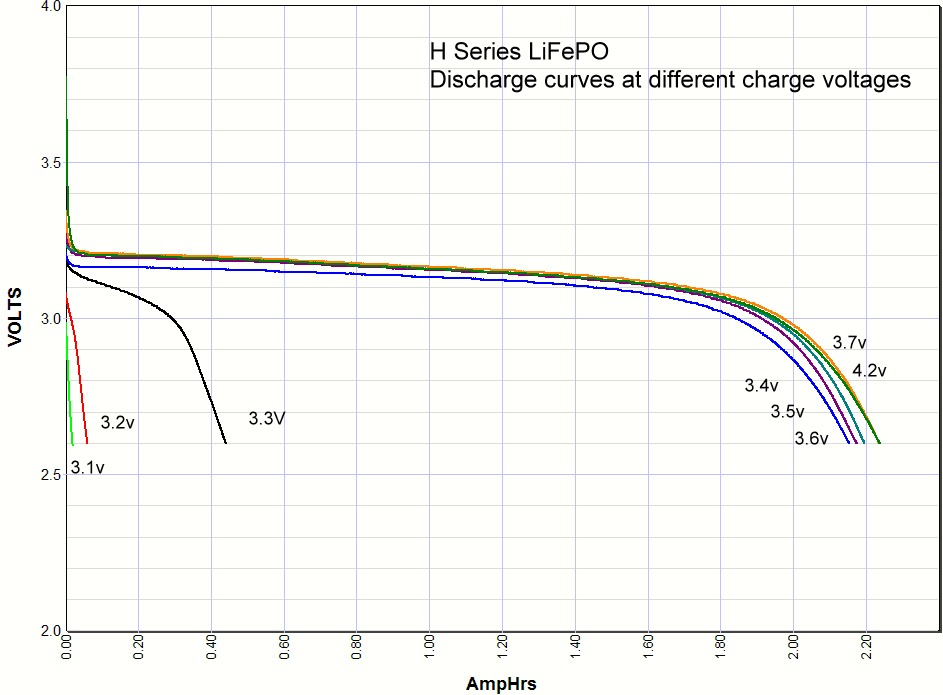Zash
10 mW
- Joined
- Jun 28, 2015
- Messages
- 20
I bought one of these in 2015:
48V 20AH consisting of 16 A123 style cells in series with a BMS.
Each cell should look like this:


Details here:
https://www.aliexpress.com/item/48V...WER-Portable-RC-battery-FREE/32328844192.html
It only ever gave a 4AH charge.
Recently, I opened it up to replace one of the 16s cells which was causing the issue and was shocked to find that:
1. All the cells were rejects; some of them had the bar codes and serial numbers blacked out with permanent marker.
https://i.imgur.com/RPUvRcl.jpg
Here is one without the serials blacked out but it has a new sticker covering the original serial and bar code. You can also see the state of the cell package:
https://i.imgur.com/7wDbVDc.jpg
2. There were punctures in some packs.
3. The specific cell needing replaced had half of the cell completely black and oxidised once I examined it closely by slicing it open.
https://i.imgur.com/2wBV0xu.jpg
https://i.imgur.com/l8XI39o.jpg
https://i.imgur.com/rwDeTBv.jpg
4. None of the terminals are soldered - they have been drilled and have 2 flimsy M3 philips head screws with M3 nuts holding each pair of tabs together, not making great contact. Atrocious.
https://i.imgur.com/yDXsL1v.jpg
https://i.imgur.com/ZWamdPG.jpg
BONUS:
With the replacement cell, I received a plug charger. For some reason, there was no output. After checking the mains and stripping he cable, I decided to open the plug. This is what I found inside:
https://i.imgur.com/JqPNmJS.jpg
It's too late to return the original battery pack; I have obviously been scammed.
A warning to everyone - Expect all 'sealed' batteries from China to be comprised of rejected cells and horrendous workmanship. Do not buy.
Next time, I am toying with the idea of buying 16 cells and building the battery myself after closely examining every A123 style package.
Regards,
-- Zash
Cambridge
UK
48V 20AH consisting of 16 A123 style cells in series with a BMS.
Each cell should look like this:


Details here:
https://www.aliexpress.com/item/48V...WER-Portable-RC-battery-FREE/32328844192.html
It only ever gave a 4AH charge.
Recently, I opened it up to replace one of the 16s cells which was causing the issue and was shocked to find that:
1. All the cells were rejects; some of them had the bar codes and serial numbers blacked out with permanent marker.
https://i.imgur.com/RPUvRcl.jpg
Here is one without the serials blacked out but it has a new sticker covering the original serial and bar code. You can also see the state of the cell package:
https://i.imgur.com/7wDbVDc.jpg
2. There were punctures in some packs.
3. The specific cell needing replaced had half of the cell completely black and oxidised once I examined it closely by slicing it open.
https://i.imgur.com/2wBV0xu.jpg
https://i.imgur.com/l8XI39o.jpg
https://i.imgur.com/rwDeTBv.jpg
4. None of the terminals are soldered - they have been drilled and have 2 flimsy M3 philips head screws with M3 nuts holding each pair of tabs together, not making great contact. Atrocious.
https://i.imgur.com/yDXsL1v.jpg
https://i.imgur.com/ZWamdPG.jpg
BONUS:
With the replacement cell, I received a plug charger. For some reason, there was no output. After checking the mains and stripping he cable, I decided to open the plug. This is what I found inside:
https://i.imgur.com/JqPNmJS.jpg
It's too late to return the original battery pack; I have obviously been scammed.
A warning to everyone - Expect all 'sealed' batteries from China to be comprised of rejected cells and horrendous workmanship. Do not buy.
Next time, I am toying with the idea of buying 16 cells and building the battery myself after closely examining every A123 style package.
Regards,
-- Zash
Cambridge
UK




